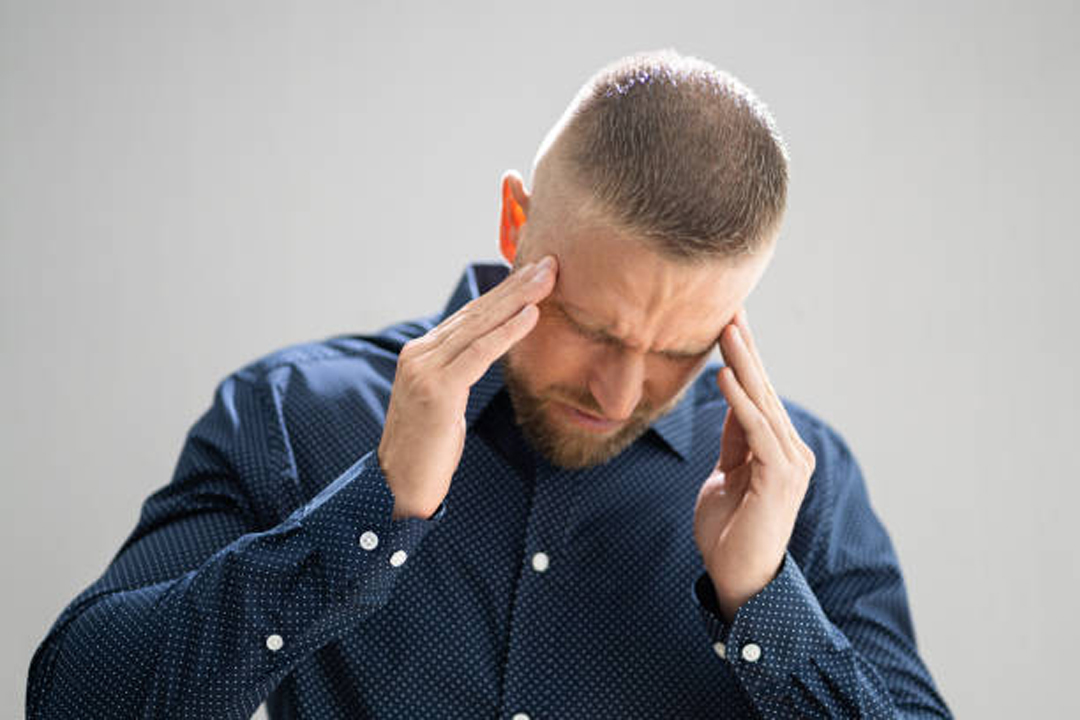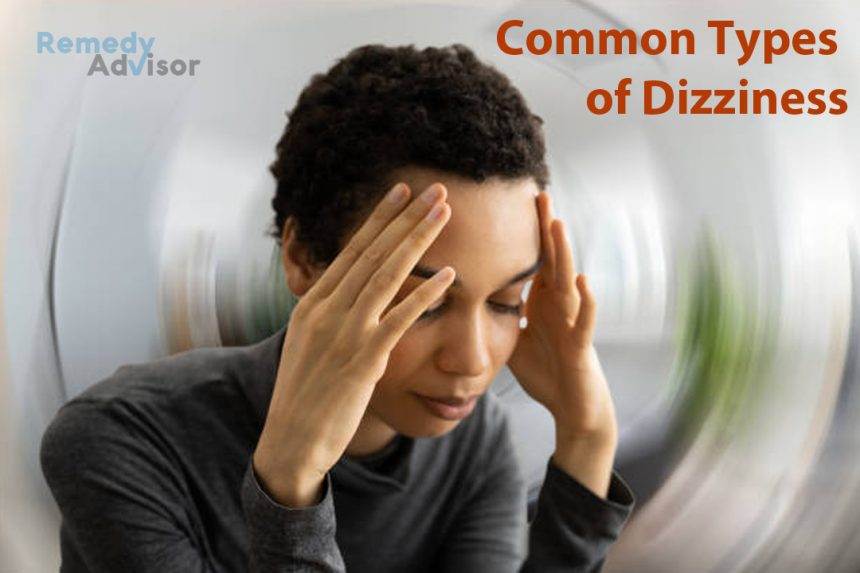In the absence of other symptoms, occasional mild dizziness is nothing to worry about. But see a doctor right away if dizzy spells recur if they’re severe enough to force you to lie down or if they’re accompanied by
- Double vision.
- Arm and/or leg weakness.
- Difficulty speaking or swallowing.
- Severe headache.
These symptoms are suggestive of stroke, brain tumor, aneurysm or another potentially life-threatening problem.
Common types of dizziness
A mild turning sensation
This can be caused by almost any systemic ailment, including transient ischemic attacks, multiple sclerosis even AIDS.
Some women have mild turning during menstruation or as a side effect of hormone replacement therapy or menopause
Imbalance
This swaying or wobbling feeling can be caused by flu, infection, arthritis, and compression of the spinal cord, diabetes or another metabolic disorder.
Imbalance can also be caused by alcohol abuse, depression or anxiety (rapid breathing reduces the flow of oxygen to the brain) or by certain medications, including cough medicines and blood pressure drugs.
Vertigo
This sensation of spinning often accompanies migraine headaches as well as many diseases.
Feeling of faintness
This is often a result of postural hypotension, the brief period of reduced blood pressure that occurs when someone abruptly stands or sits up.
Several medications can contribute to postural hypotension, including anti-hypertensive, antihistamines, sedatives and antipsychotics.
With proper treatment, most cases of dizziness disappear. However, some cases resist treatment including those that are caused by multiple sclerosis, AIDS and menstruation. In these cases, the patient simply has to learn to live with the problem.
Ear and brain disorders
Persistent dizziness not linked to an underlying illness usually involves brain or inner ear trouble.
Benign paroxysmal positional vertigo
(BPPV) occurs when a person moves his head in a certain position typically when he lies on his back, then rolls quickly to one side.
BPPV itself isn’t life-threatening, but it can be deadly if it occurs while driving an automobile or standing up.
BPPV in people under 50 is often caused by head trauma. Even a light bump can be enough. In people over 50, BPPV can occur after illness, or be caused by degeneration of the nerves in the middle ear. In some cases, BPPV appears for no apparent reason.
Vestibular neuronitis
Vestibular neuronitis is sudden vertigo that occurs a few days or weeks after recovery from a viral infection. Often it’s accompanied by nausea and/or vomiting. Likely cause: Inflammation of the vestibular nerve, which connects the brain and inner ear
Ataxia
Ataxia is a loss of coordination. It’s usually caused by the death of brain cells, although it can also be caused by vitamin deficiencies or heavy drinking. Most common among elderly people, it often comes on gradually, and is generally irreversible.
Meniere’s disease

Meniere’s disease is a set of related symptoms, including vertigo attacks roaring, ringing or hearing loss in one ear a feeling of fullness in the ear. Most cases are caused by fluid buildup in the inner ear. Meniere’s usually strikes between the ages of 30 and 50. Symptoms tend to recur, lasting an hour or more at a time. They range from mild to debilitating
Ear infection
Ear infection that causes fluid to accumulate in the middle ear can cause everything from mild imbalance to severe vertigo
Getting good treatment
There’s no easy way to test the balance mechanisms in the ear and the brain, so your doctor may have trouble pinpointing the cause of your dizziness. If he/she fails to take a complete medical history or does not take your dizziness seriously or has little experience with dizziness, find another doctor.
Doctors use several tests to check for inner ear damage.
ENG looks at eye movements caused by electrical stimulation of the vestibular system. The rotary chair exam measures eye movements as the patient sits in a computer-controlled rotating chair.
The best antidote for inner ear ailments is time. Inner ear damage usually heals within a few weeks or months. Fluid buildup from ear infection also tends to disappear in a few weeks.
Even persistent nerve damage usually stops causing dizziness after several months. The brain simply learns to re-sort incoming information (much as it adjusts to the rocking of a ship).
Vestibular neuronitis often persists until the underlying inflammation clears up. That can take years though medicine, bed rest and rehabilitation exercises are helpful.
Dizziness may be permanent in those suffering from ataxia, multiple sclerosis or other central nervous system disorders.
Treatment for Meniere’s disease may involve surgery to relieve accumulation of fluid, but diuretics and/or steroids can provide significant relief.
In some cases of dizziness, the mild sedative meclizine (Antivert) brings short-term relief. Scopolamine is even more effective but also causes more side effects, including drowsiness and dry mouth. Caution: These drugs should be used for no more than a week or two, during severe episodes.
Rehabilitation exercises
Many people with dizziness benefit from rehabilitation exercises. These speed the brain’s adaptation process by enhancing neural connections in the inner ear. In fact, rehabilitation exercises are helpful for most balance problems, with or without a doctor’s supervision. Two helpful exercises.
Horizontal head rotations
Sit down. Face forward. Turn your head to the right, then the left, going back and forth. Start slowly and increase the speed of rotation of your head as much as you can in 20 seconds. Repeat, starting on the other side.
Vertical head rotations:
Sit down. Face forward. Position I: Turn your head 45 degrees to the right. Position IT. Move the top of your head from its vertical position so that your left ear moves toward your left knee and your head is horizontal. Alternate between positions 1 and 2 as fast as you can for 20 seconds. Repeat for the other side.
These exercises should be repeated two to three times in each session. Three sessions per day should be performed.







